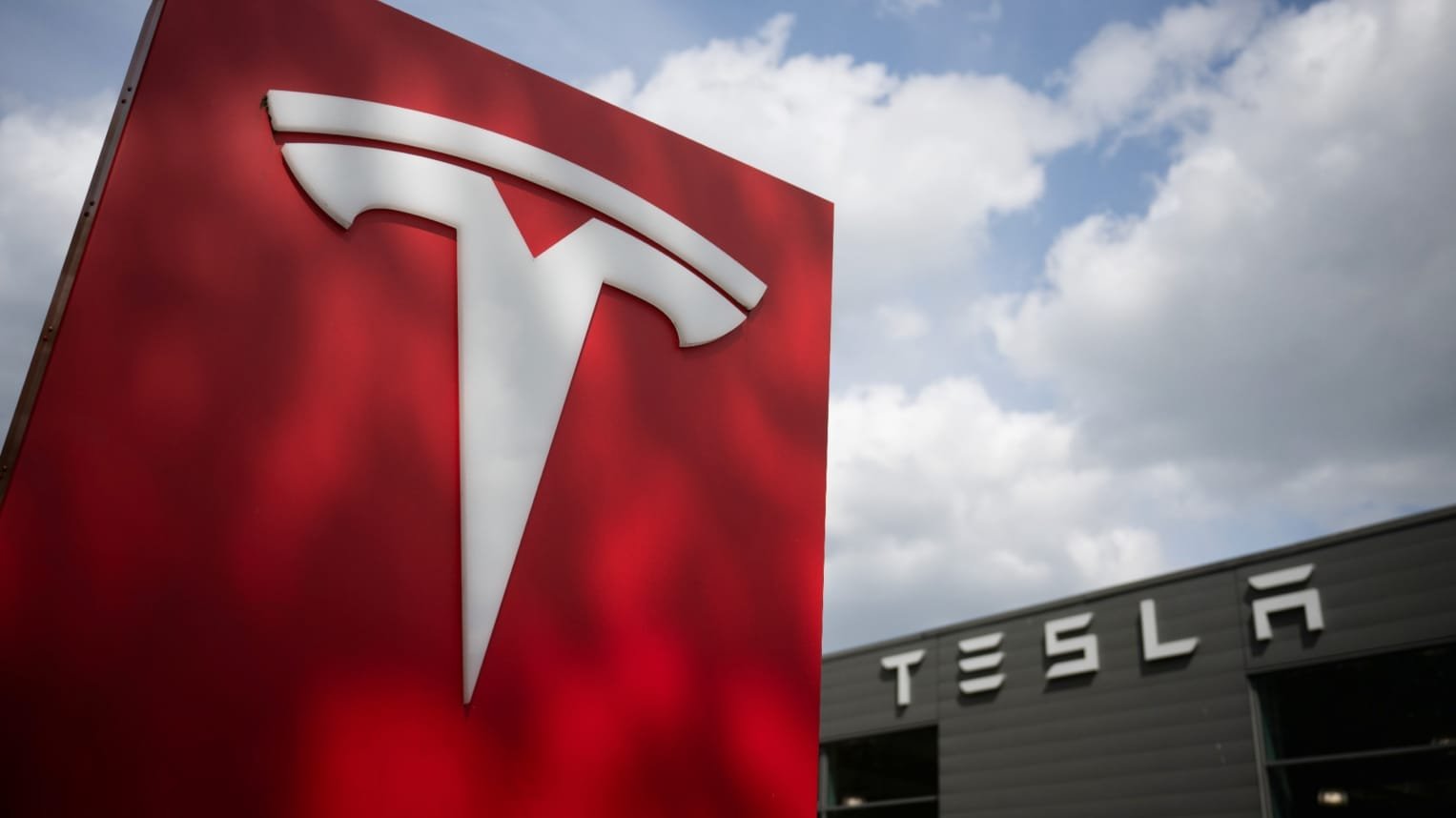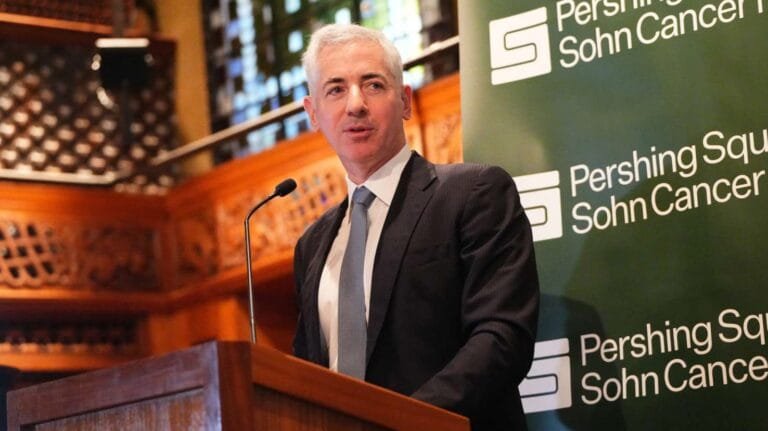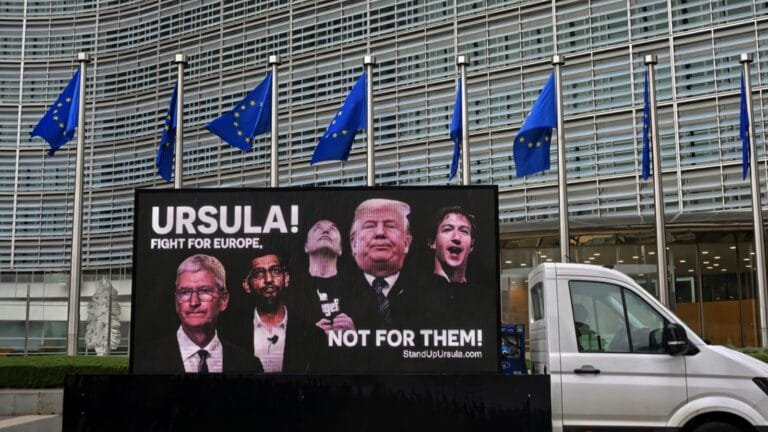
Tesla’s Fremont factory, where the harassment allegations first surfaced.
Tesla harassment lawsuit Significance Tesla, Elon Musk’s leading electric vehicle company, has a major presence globally in electric vehicles (EVs) and green energy. The allegations include racially slurs, vulgar graffiti—such as the “n-word,” “swastikas,” and Nazi/racist symbols—and even claims of nooses hanging at employee stations. It was also claimed that Tesla management did not appropriately address complaints and failed to provide employees with a safe and respectful workplace. Subsequent retrials resulted in a judgment of approximately $3.2 million. Ultimately, Tesla and Diaz reached a settlement.
Recent Decision—A Major Victory for Tesla
The Latest (2025) Decision: Judge Peter Borkon of a California state court ruled that he would not allow the class action lawsuit to proceed. They overturned the class certification granted in 2024. The primary reason was that the plaintiffs’ lawyers were unable to gather testimony from at least 200 class members. The Depth of the Allegations and an Analysis of the Human Psyche Here, I will attempt to analyze the allegations and their psychological, social, and group dynamics perspectives.
The racial oppression and criminal symbols alleged—racially offensive words, swastikas, and other Nazi symbols—are not just personal insults. These symbols are sources of deep historical pain. The swastika (Hitler’s symbol) and Nazi graffiti are reminders not only of racism but also of violence, terror, and war. A group that is speaking out against racial injustice. But class-certification decisions (such as denials) also demonstrate that “growth barriers” exist in the justice system. Enough people must testify for cases to proceed, and many of them must actively participate.
Business, Ethics, and Organizational Policies
For Tesla, this case isn’t just a legal one—it’s also an issue of brand image and investor confidence. Large lawsuits, allegations of discrimination, and negative court decisions could impact the company’s reputation. If Tesla were to lose such class actions, it could face significant compensation, increasing its financial burden. External oversight, such as third-party audits, could also be useful—to see how Tesla’s policies and practices are actually working.
Criticisms and Challenges of Tesla harassment lawsuit
Limitations of the Judicial System: The judge’s argument that the lack of 200 witnesses represents a complete class experience cannot reflect this, indicating that “evidence and representation” is a significant challenge in the class-certification process. This can be discouraging for employees who are afraid to testify, or who feel their voices will be “inadequate.” Class lawsuits are lengthy and expensive processes. They place significant resource demands on both the company and the lawyers—often making it difficult for younger or less resourced employees to fight.
Reaction and Public Perception: Tesla’s decision to decline the class action may be seen by critics as a sign of “ignoring racial issues.” Conversely, supporters may argue that this is a legal victory and that Tesla followed the correct procedure—but ethically, the question remains whether this is an attempt to bring about fundamental change or merely a legal defense. Furthermore, this decision could set a pattern for other companies—that “if a class-certification challenge If legal action is taken, litigation can be prevented.” This could be a potentially dangerous trend.
Conclusion and the Way Forward of Tesla harassment lawsuit
Conclusion This class action case against Tesla was huge and symbolic—it wasn’t just a dispute between one company and a few employees, but highlighted larger societal issues such as racial discrimination, power structures, and corporate responsibility. Tesla should review its policies, especially its grievance redressal and employee support structures. This requires implementing reforms from the top of its leadership. Society and regulatory bodies must consider how to hold such companies accountable—not just through financial penalties, but through lasting structural change.



